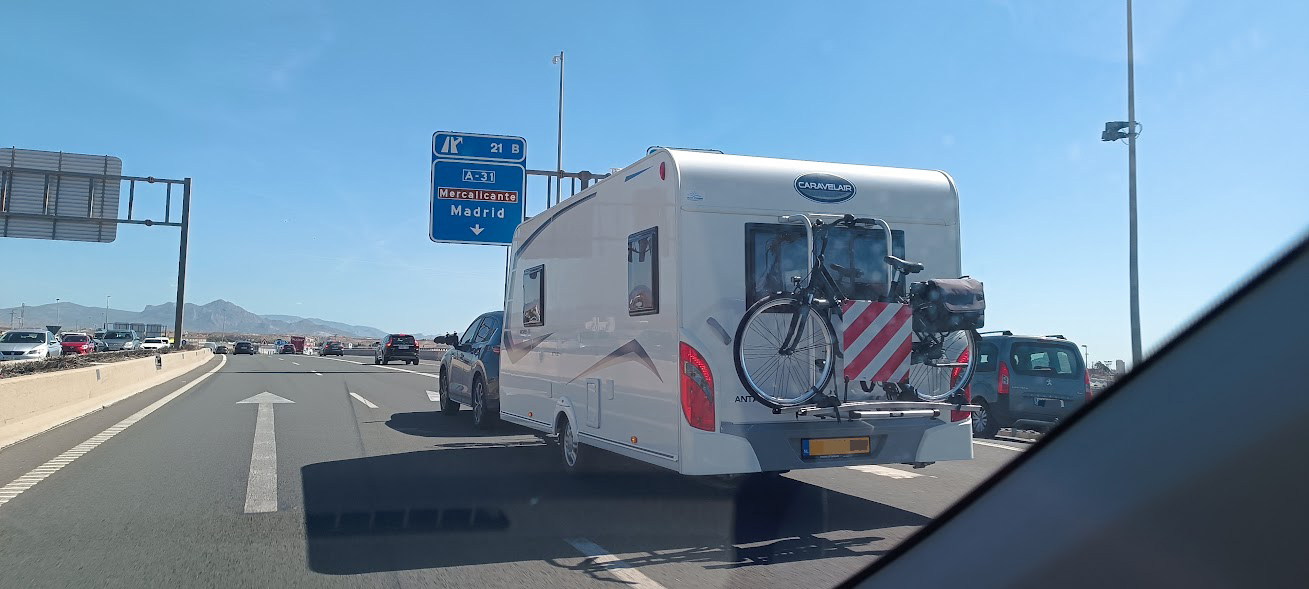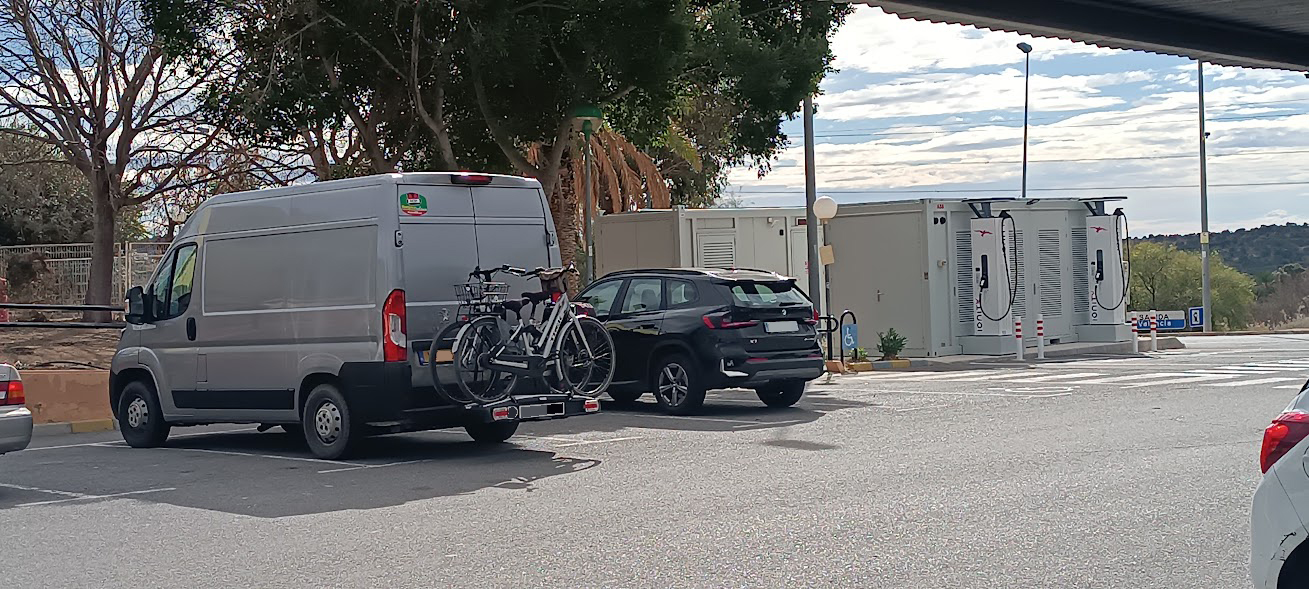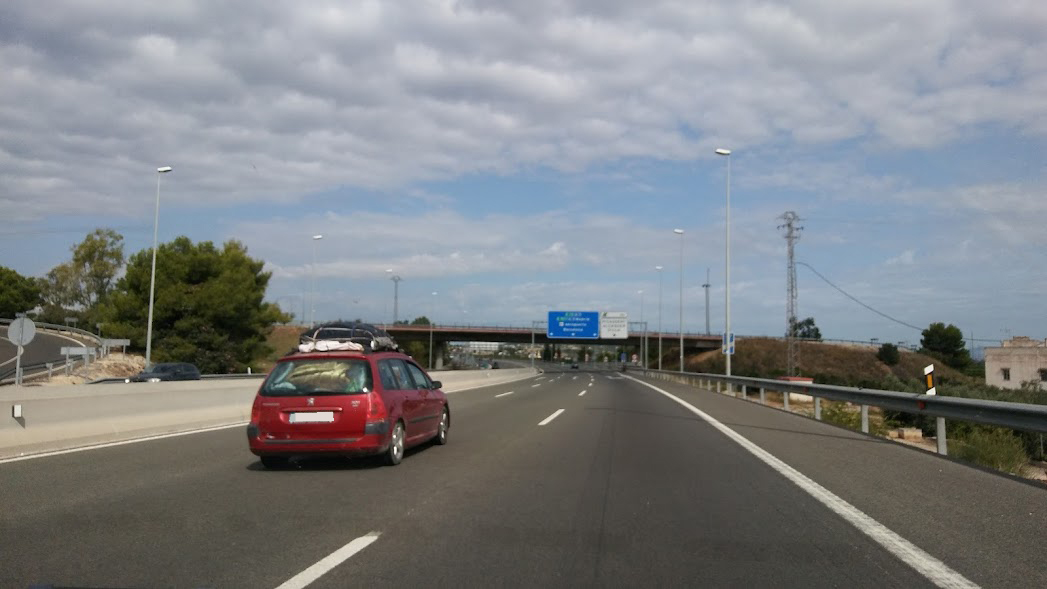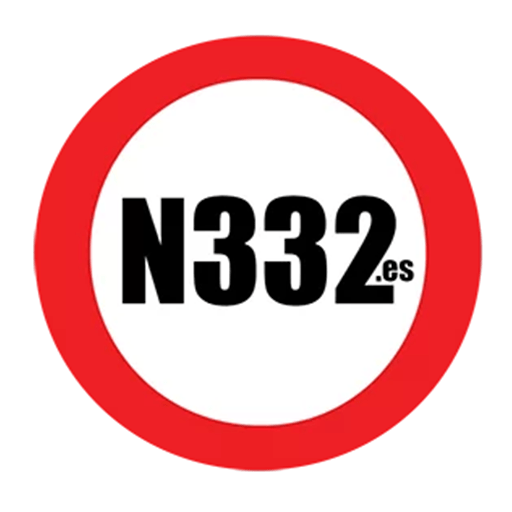We have looked at carrying items in the vehicle, and today we are looking at carrying items outside, more notably on a roof rack, and other rules relating to the carrying of goods.
If a load is carried outside the vehicle, such as on an approved roof rack, the load must not protrude beyond the vehicle’s floor plan except in the cases and under the conditions provided for in the following sections:
In vehicles intended exclusively for the transport of goods, there are specific restrictions on what and how protruding items can be carried which we will deal with another time.
In the case of other vehicles not exclusively intended for the transport of goods, in other words general passenger carrying vehicles, the load may protrude from the rear up to 10 percent of its length and, if indivisible, 15 percent.
Nothing can protrude from the front or the sides. Moreover, the items cannot protrude from within the vehicle, and so driving with the boot even partially open, for example, is not allowed. All doors, including the boot, must be securely closed for driving.
In vehicles with a width of less than 1 metre, the load must not project laterally more than 50 centimetres on either side of the longitudinal axis of the vehicle. It may not project at the front end or more than 25 centimetres at the rear end.
When the load protrudes beyond the vehicle’s floor plan, all appropriate precautions must be taken to avoid damage or danger and it must be protected at the protruding end to reduce the effects of possible friction or impact.
Whenever the load protrudes behind the vehicle, except for those with a width less than 1 metre, it must be marked by means of a panel (V-20) measuring 50 by 50 centimetres, painted with alternating diagonal stripes of red and white. The panel must be placed at the rear end of the load, so that it remains constantly perpendicular to the axis of the vehicle.
When the load protrudes longitudinally across the entire width of the rear of the vehicle, two V-20 marking panels shall be placed transversely, each at one end of the load or the width of the protruding material, forming an inverted V.
When the vehicle is travelling between sunset and sunrise under weather or environmental conditions that significantly reduce visibility, the load must also be marked with a red light.
Have a look at the gallery below and see if you can work out what is and is not allowed:





Discover more from N332.es - Driving In Spain
Subscribe to get the latest posts sent to your email.

You must be logged in to post a comment.